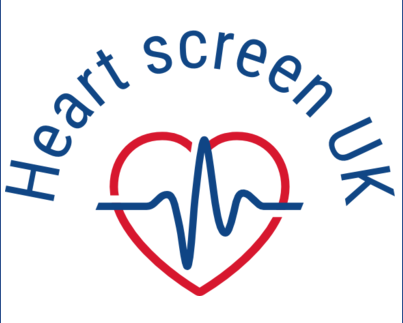FREQUENTLY ASKED QUESTIONS
Clinical FAQs
The Cardisiograph is intended to identify individuals who are asymptomatic but who have underlying CHD and in particular, coronary ischemia.
No. It’s significantly more advanced than an ECG, and uses a far higher proportion of the data captured than and ECG. (Over 95% for the Cardisiograph vs. c25% for the ECG). The analysis carried out on the data is also far more sophisticated and uses both machine learning artificial intelligence and a large data set to constantly improve the accuracy of the results.
Accordion Content
Both the design and the pricing of the test are designed to be accessible to large groups, and in particular the asymptomatic and undiagnosed CHD sufferers.
As long as it is Network connected. The Cardisiograhy needs to be connected to a network via a PC, in order for the data to be analysed in the Cardisio Cloud |
The Cardisiograph is approved as a Class 1 medical device in the EU. |
Yes, Cardisio stores anonymised information relating to each test. They do not store your name, but may store relating information such as your Patient Reference Number, which could be tied back to your name.
End user FAQs
There are a number of reasons why you might decide to take a Cardisio test, but they include:
- You’d simply like peace of mind
- You have a family history of coronary heart disease
- You have smoked over an extended period and believe this may have a health impact
- You drink more than the recommended level
- You have a sedentary lifestyle or are overweight
Or, a number of the above are true and would like to know if you need to change your lifestyle
First and foremost, don’t worry.
We have designed the test to take a cautious approach, which means there’s a very low chance of indicating that you don’t have a heart problem if you do. It also means that sometimes the Cardisiograph may indicate you should seek medical advice, but on further investigation it is discovered that this is nothing serious to report. We don’t live in a perfect world, and this is the safest way to manage the results.
If you receive a positive result, we suggest you consult your doctor and he can decide on the best course of action, we could include further tests or sending you to see a consultant cardiologist, but that is down to his clinical judgement.
There are two issues to understand here. Having close blood relatives who have been diagnosed with coronary heart diseases is regarded as a risk factor for you, but it isn’t proof. The other issue you should understand is that coronary heart disease doesn’t necessarily have noticeable symptoms. That’s what makes the Cardisiograph so ground-breaking – for the first time it’s possible to detect issues in people with no symptoms in a cost effective, low risk and non-invasive way.
In a word, science! The Cardisiograph uses electrodes to capture electrical information from your heart and this is used to build a 3D ‘model’ of your heart’s behaviour. Using artificial intelligence, this is compared to a ‘healthy’ heart and any anomalies highlighted.
A major difference with other methods that capture electrical signals from your heart (such as the ECG) is the use the Cardisio approach makes of the data captured. The ECG makes use of roughly 15% of data captured and discards the rest, whereas the Cardisiograph analyses more than 95% of the data. More data leads to more detailed information, and better outcomes.
You may not be asked for explicit consent at the time of taking the test as it may be asked for in another document, but under the recent Data Protection Regulation in the EU when someone uses personal information, you must be informed and your permission sought. As this needs to be done at the point where the test it delivered, this isn’t done by either Cardisio or Heartwave but by the organisation that delivers the test.
This is simply due to physical differences between the two and the ease of which electrical signals can be detected.
The data is transmitted securely to Cardisio in Germany. Once received, the data is processed using the Cardisio proprietary software using artificial intelligence. The individual report is ‘rendered’ and sent back to the requester. The results are then stored anonymously to aid future research and continuous improvement of the Algorithms.
